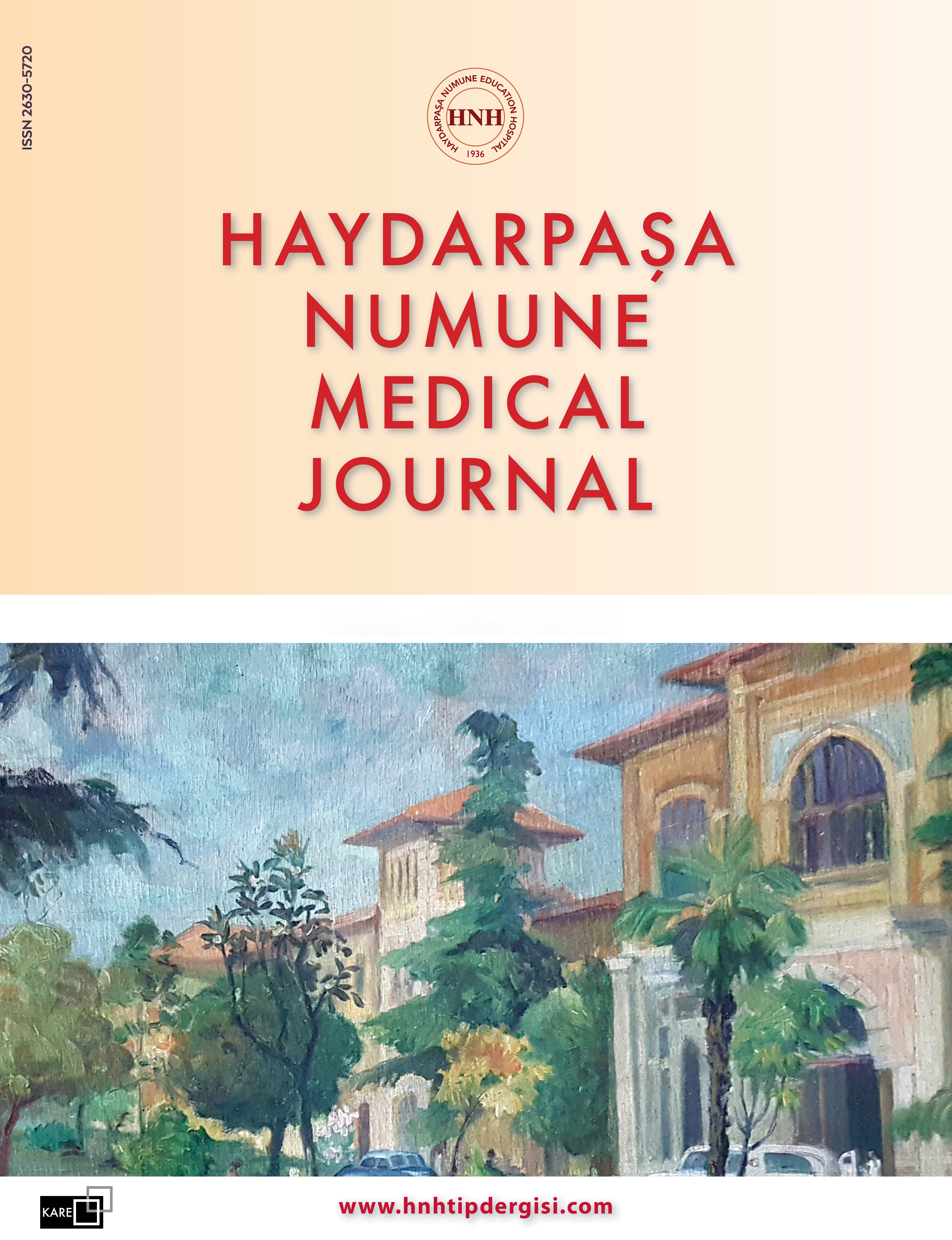The Effect of Implant Type Used in High Tibial Osteotomy on Tibial Slope Angle
Ömer Yonga1, Kadir Gülnahar2, Cengiz Han Kantar31Department of Orthopedics and Traumatology, Yeditepe University Kosuyolu Hospital, Istanbul, Türkiye2Department of Orthopedics and Traumatology, Tuzla State Hospital, Istanbul, Türkiye
3Department of Orthopedics and Traumatology, Yenikent State Hospital, Sakarya, Türkiye
INTRODUCTION: Knee osteoarthritis, marked by cartilage degeneration in the medial compartment, disrupts joint load balance and diminishes quality of life. Medial open-wedge high tibial osteotomy (MOWHTO) is a surgical procedure aimed at correcting these deformities. This study evaluates how different implant types used in MOWHTO affect the posterior tibial slope angle (PTSA), patellar height, and functional outcomes.
METHODS: Between 2017 and 2023, a retrospective study at Yeditepe University Kosuyolu Hospital analyzed 231 patients who underwent MOWHTO. Patients were categorized based on the implant type used: symmetric blocked plate (n=179), Puddu plate (n=26), and asymmetric blocked plate (n=26). The study evaluated pre- and postoperative parameters, including PTSA, hip-knee-ankle (HKA) angle, complication rates, and patient satisfaction. Statistical analyses involved paired t-tests for continuous variables, one-way ANOVA or Kruskal-Wallis tests for group comparisons, and chi-square tests for complication rates. The normality of data distribution was assessed using the KolmogorovSmirnov test for groups with n≥30 and the ShapiroWilk test for groups with n<30.
RESULTS: Postoperative changes in PTSA varied by implant type: the symmetric blocked plate group exhibited an average increase of +1.50°±0.85°, the Puddu plate group showed +1.90°±1.10°, and the asymmetric blocked plate group had a minimal change of +0.31°±0.65°. The mean operative time was 90.23±12.5 minutes, and the average hospital stay was 3.02±0.9 days. Patient satisfaction averaged 8.52±1.1 out of 10. Notably, the incidence of tibial plateau fractures was significantly higher in the asymmetric blocked plate group (15.38%, p=0.029).
DISCUSSION AND CONCLUSION: Implant types can significantly affect PTSA and surgical outcomes after MOWHTO. All symmetrical plates showed similar PTSA changes, whereas this change was lower in the asymmetrical blocked plate group. Implant selection and surgical planning are critical for optimization of surgical outcomes.
Manuscript Language: English
















